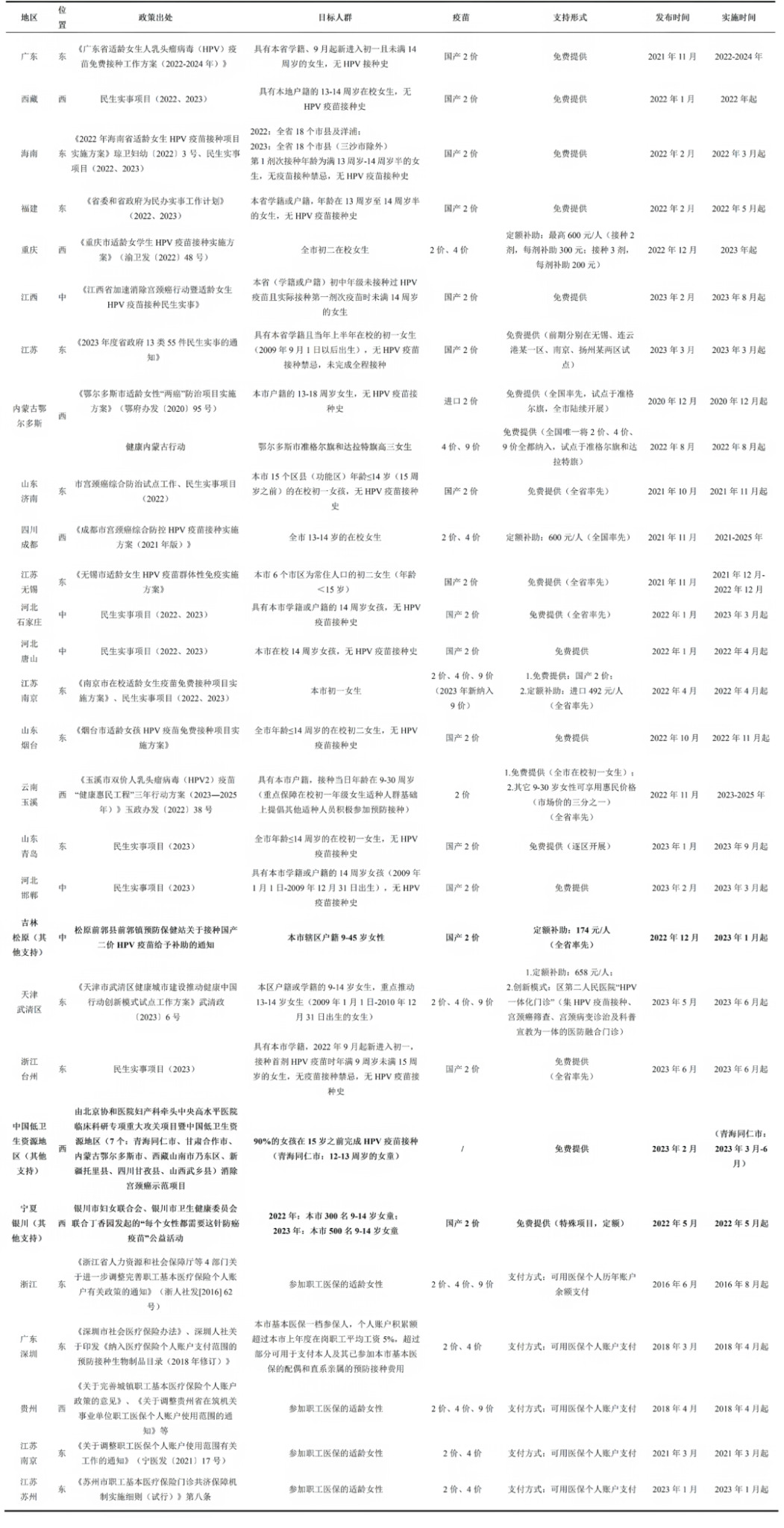Journal Content Recommendation
01
From both sides of the needle: Understanding effective interventions for facilitating non-national immunization program vaccine decision making in China
This study was conducted by Professor Xiaohua Ying and his team from Fudan University and published in Human Vaccines & Immunotherapeutics , explores the complexity of decision-making for non-National Immunization Program (non-NIP) vaccines, which are voluntary and self-paid in China, and how vaccination can be promoted through effective communication between healthcare providers and recipients. This study integrates their perspectives, identifies strategies for facilitating vaccination decisions, and analyzes their mechanisms.
From July to December 2023, semi-structured interviews were conducted with 17 caregivers and 12 vaccination providers across five provinces in China. Participants shared their experiences and decision-making processes regarding non-NIP vaccines. The Behaviour Change Wheel* framework guided the analysis, identifying 13 behavior change techniques, with feedback, monitoring, and environmental restructuring being the most common.
The results demonstrate that the synergistic engagement between service providers and recipients significantly enhances non-NIP vaccine uptake. Push strategies are foundational in ensuring that the physical means and logistic supports for vaccination are robustly established and maintained. These efforts directly address supply-side elements influencing vaccination rates, including infrastructure development, service provider training, regulatory and scheduling flexibility, as well as systematic reminders and follow-ups. The pull measures are aimed at cultivating and intensifying demand for vaccinations by employing motivational, informational, and emotional appeals to individuals. This includes activities like enhanced educational outreach, engagement within communities and social networks, and leveraging emotional and cultural connections.
The study revealed that a multi-dimensional approach involving multiple stakeholders is crucial for promoting non-NIP vaccine uptake. Healthcare providers can enhance service accessibility and offer evidence-based guidance with reminders, monitoring, and incentives to ensure compliance. For recipients, reliable information, sustained engagement, timely communication, and motivational opportunities are essential.
https://doi.org/10.1080/21645515.2024.2389578
02
Changes of influenza vaccination rate and associated influencing factors after the COVID-19 pandemic in Shanghai
This study, published in Human Vaccines & Immunotherapeutics, aimed to investigate and analyze the changes in influenza vaccination rates among residents of Pudong New Area, Shanghai, China, as well as the factors influencing them after the COVID-19 pandemic. A cross-sectional survey was conducted among residents, collecting data on influenza vaccination status during the 2021–2022 flu season and the reasons for receiving or not receiving influenza vaccine were investigated. Binary logistic regression was conducted to explore potential factors influencing vaccination uptake.
The results showed that 2,476 of 14,001 respondents received an influenza vaccine, with a total coverage of 17.68% (95% CI: 17.05%, 18.32%). Children had the highest vaccination coverage (35.68%; 95% CI: 34.02%, 37.33%), followed by adults (12.75%; 95% CI: 11.91%, 13.58%) and elderly individuals (11.70%, 95% CI: 10.78%, 12.62%). For children, families with lower monthly household income (< 5000 CNY) , due to the Government’s vaccine subsidy or free vaccination policy for low-income families, had a higher influenza vaccination rate (51.02%) for their children. For adults, factors significantly associated with vaccination were household income, sex, and education level. For elderly, factors significantly associated with vaccination were household income, education level, living state, and having underlying diseases (P < 0.05). The main reason for vaccine hesitancy among children was worried about side effects (21.49%), for adults and elderly was self-rated good health (adults: 37.14%, elderly people: 30.66%).
In conclusion, the overall influenza vaccination coverage rate in Shanghai, especially among elderly individuals, is lower than many developed countries. Appropriate strategies and programs targeting different populations need to be implemented to enhance influenza vaccine coverage.
https://doi.org/10.1080/21645515.2023.2287294
03
Changes in vaccination practices among infants after the introduction of DTaP-IPV/Hib combination vaccines
This study, published in Vaccine: X, aims to explain how the introduction of DTaP-IPV/Hib in the NIP has changed vaccination practices for infants. In Korea, where Hib vaccine and combined DTaP-IPV/Hib vaccine were included in the national immunization program in 2013 and 2017, respectively, the study analyzed the proportion of infants born between 2013 and 2019 who completed the full range of recommended (D-I-H#) basic immunizations containing DTaP, IPV, and Hib components within a 12-month period, using data from the National Vaccination Registry.
The results showed that approximately 96% of infants received all 3 doses with the same DTaP component in the entire birth cohort that completed the primary D-I-H vaccine series. A total of 2,703,822 infants were born between 2013 and 2019, of which 96.7% completed full doses of the primary D-I-H series within 12 months of age. For the 2013–2016 birth cohorts, most received DTaP-IPV only (75.4%), while most of the 2017–2019 birth cohorts received DTaP-IPV/Hib only (81.0%) to complete the 3 doses for primary D-I-H series. In addition, the average frequency of medical visits for vaccination showed a significant difference across the 3 groups classified by DTaP components in every birth cohort (p < 0.001).
The results revealed that the newly introduced DTaP-IPV/Hib combination vaccine significantly increased coverage rates and reduced the number of medical visits for vaccination required,simplyfying the vaccination process. The findings offer valuable evidence for countries planning to introduce DTaP-containing combination vaccines, highlighting the potential benefits of combined vaccines in optimizing immunization strategies and improving vaccination efficiency.
#D-I-H:D-I-H refers to vaccines that include individual DTaP, IPV, and Hib vaccines, as well as DTaP-IPV and DTaP-IPV/Hib conjugate vaccines.
https://doi.org/10.1016/j.jvacx.2024.100484
04
A systematic review and meta-analysis of strategies to promote vaccination uptake
This study, published in Nature Human Behaviour, aimed to assess the effectiveness of different intervention strategies to improve vaccination coverage. Through a systematic review and meta-analysis, the study included 88 eligible randomized controlled trials (RCTs) conducted across 17 countries. Involving a total of 1,628,768 participants, the study focused on the effectiveness of seven intervention strategies, including (1) increasing access to vaccination, (2) issuing reminders to vaccinate, (3) providing incentives or disincentives, (4) supplying vaccination information, (5) countering vaccine misinformation and (6) increasing motivation and behavioral skills by counseling members of the population or (7) passive messaging.
The results showed that the odds of vaccination were 1.5 (95% confidence interval, 1.27 to 1.77) times higher for intervention than control conditions. Among the intervention strategies, using incentives (e.g., cash compensation or reimbursement for vaccination) and increasing access in areas with lower income levels and limited healthcare resources (e.g., providing transportation support or administering vaccinations in nursing homes, workplaces, etc.) were most effective. with the access strategy being particularly effective in countries with lower incomes and less access to healthcare. In contrast, strategies such as issuing reminders, motivational incentives, and teaching behavioral skills had more limited effectiveness. The study suggests that universal vaccination access strategies should be implemented globally, and that more targeted strategies to increase vaccine coverage should be developed based on the specific needs of each region. Future research should continue to explore the optimal incentives and their applicability across countries and populations.
https://doi.org/10.1038/s41562-024-01940-6
05
Streptococcus pneumoniae carriage, serotypes, genotypes, and antimicrobial resistance trends among children in Portugal, after introduction of PCV13 in National Immunization Program: A cross-sectional study
This study, published in Vaccine, aims to analyze Streptococcus pneumoniae carriage, serotype distribution, genotypes changes and antibiotic resistance trends among Portuguese children in a cross-sectional study. Conducted between 2018 and 2020 in the city of Oeiras, in the metropolitan area of Lisbon, the capital of Portugal, the study collected nasopharyngeal samples from 1,450 day-care children under the age of 6 years, and compared findings with earlier periods: 2009–2010 (pre-PCV13), 2011–2012 (early-PCV13), and 2015–2016 (late-PCV13).
The results indicated that although PCV13 coverage was very high, reaching 94.2% among all children aged 0–6 years and 99.4% among those aged 0 to<2 years, the overall prevalence of pneumococcal carriage remained at approximately 60.2%. Notably, there was a significant reduction in the carriage rate of serotypes included in the PCV13 vaccine. When focusing on non-PCV13 serotypes, serotypes (15B/C, 11A, 23B, and 23A) increased significantly after the introduction of PCV13 to become the most frequent serotypes and collectively accounting for 44.5% of all strains. In addition, the study found a significant increase in resistance to penicillin and macrolide antibiotics.
These findings indicate the necessity of ongoing surveillance of Streptococcus pneumoniae serotype changes and resistance trends, highlighting the importance of adapting vaccination strategies. The study suggests the development of vaccines covering a broader range of serotypes, along with the implementation of targeted public health policies and antibiotic stewardship strategies to address the challenges posed by the evolution and resistance of Streptococcus pneumoniae.
https://doi.org/10.1016/j.vaccine.2024.126219
Behaviour Change Wheel*
Behaviour Change Wheel (BCW)s a framework for designing and implementing behavior change interventions. The model was proposed in 2011 by British scholar Susan Michie and her team to provide researchers and public health professionals with a systematic tool for understanding and influencing human behavior.
https://doi.org/10.1186/1748-5908-6-42
Content Editor: Ziqi Liu
Page Editor: Ziqi Liu





